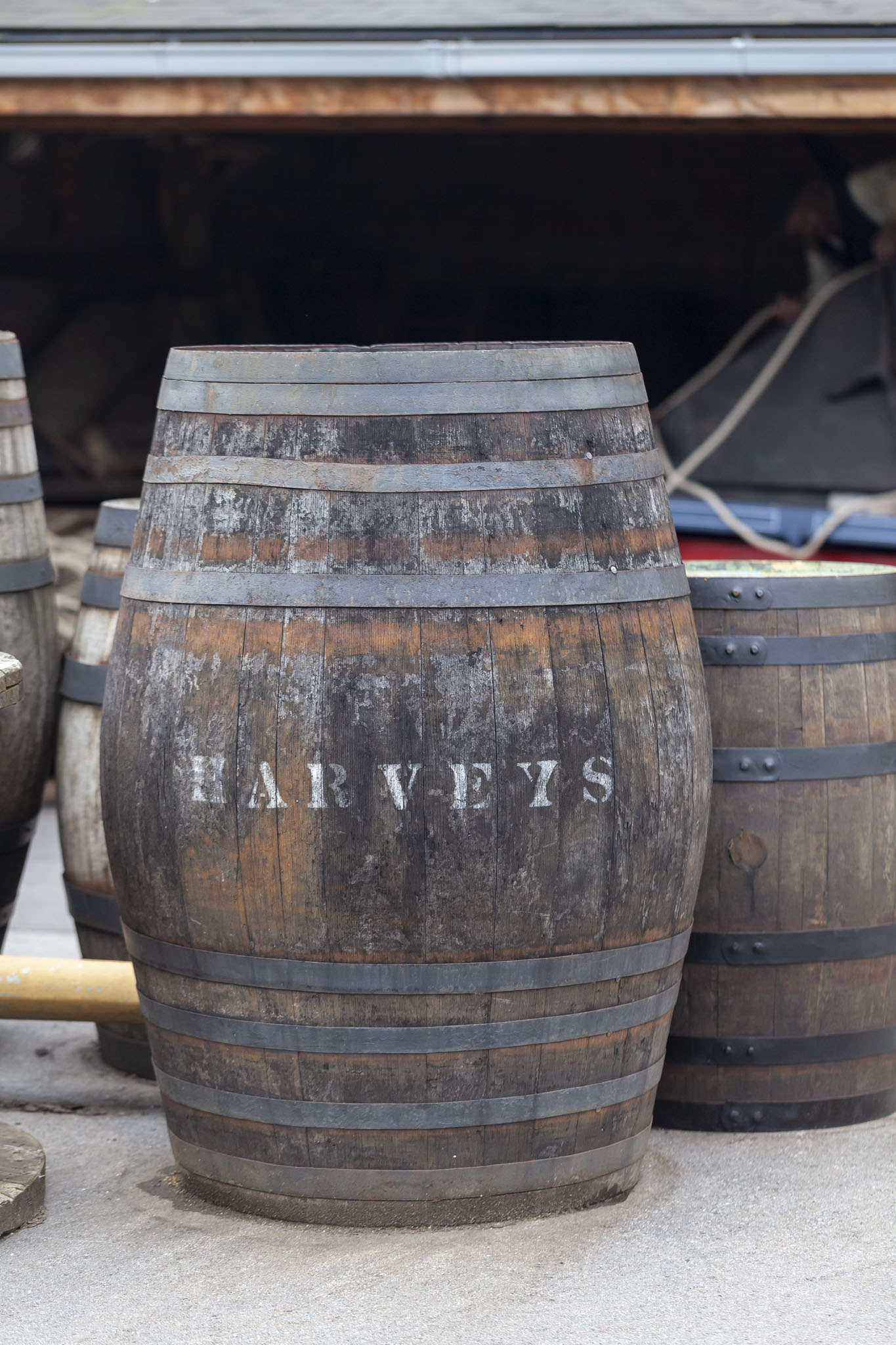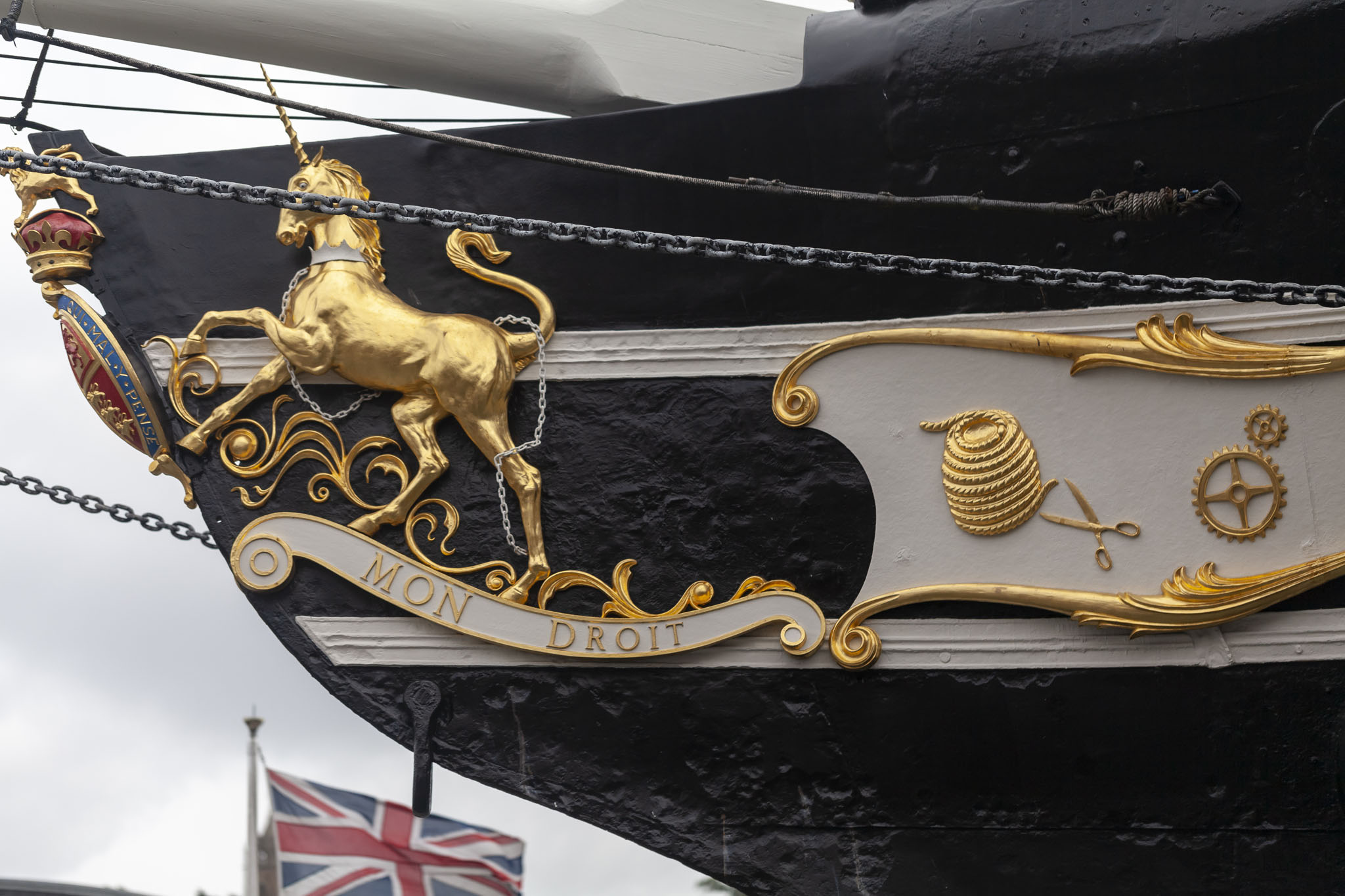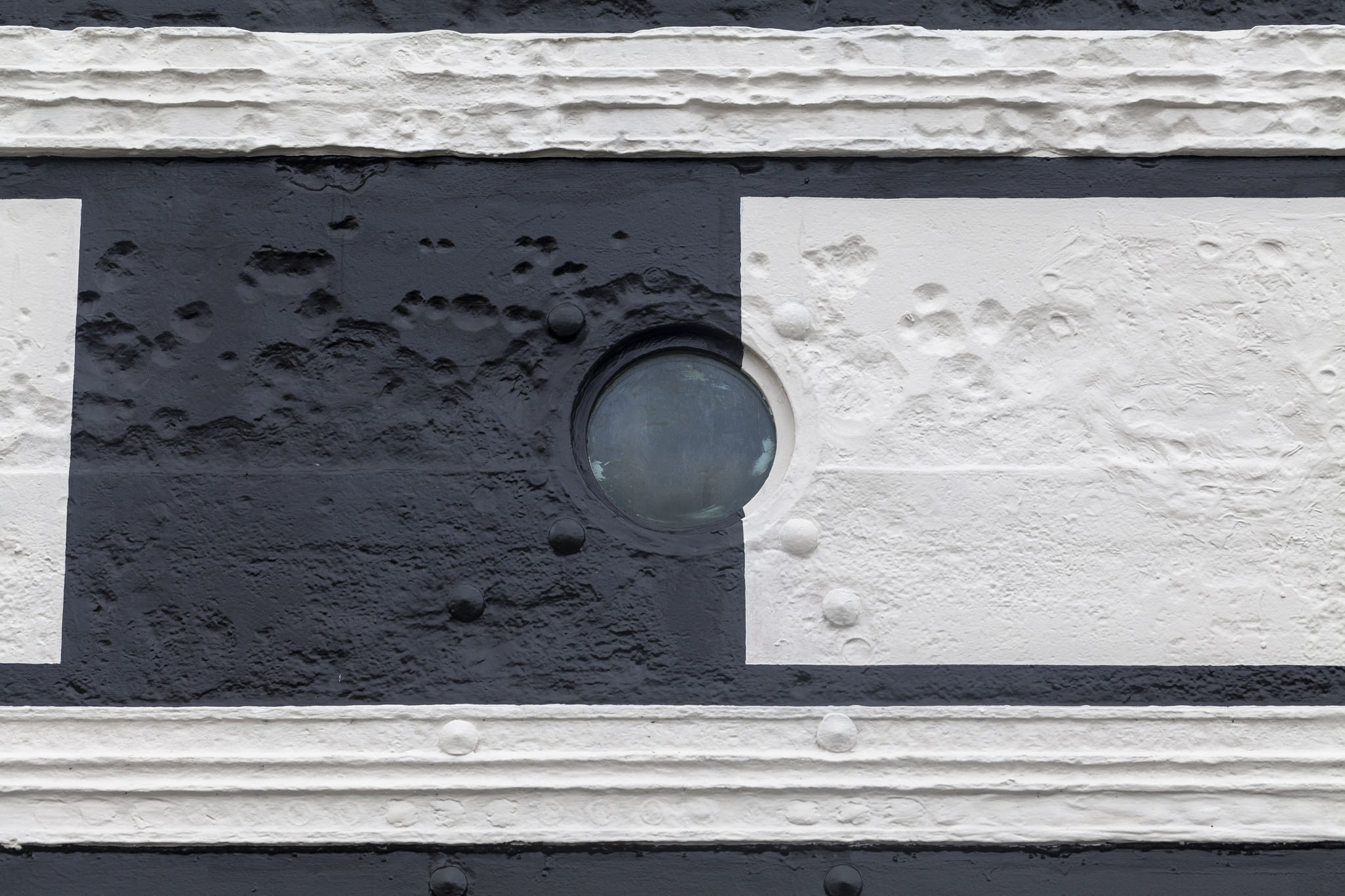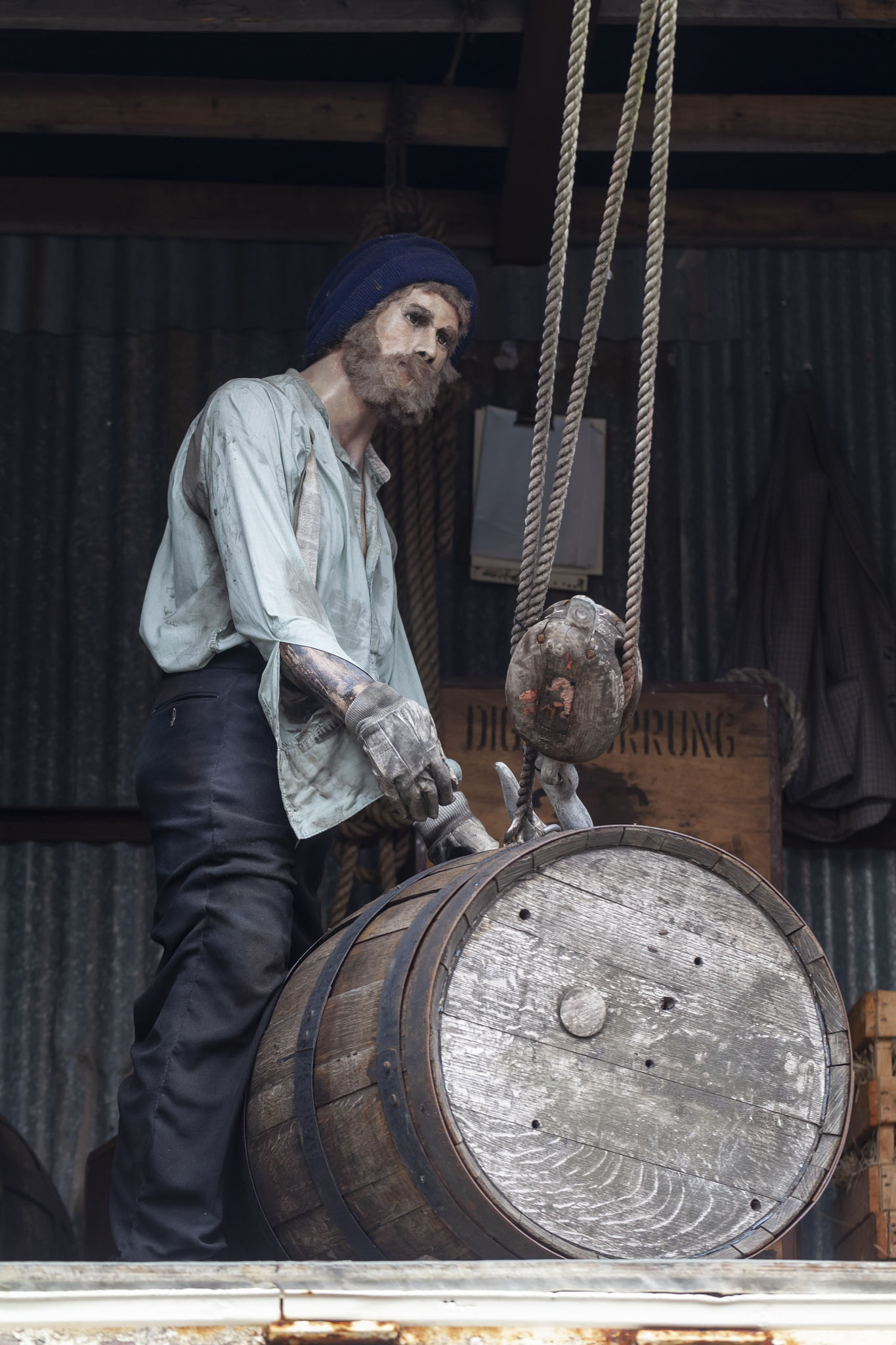To coincide with my wife’s birthday we took a short break at the end of June and first few days of July in 2013 and decided to make Weston-super-Mare our base for exploring some of the sights in the vicinity. Our second day in the region had us visit nearby Bristol, and the primary target for our tourist brains was a look around the SS Great Britain because we like a bit of history, we love anything nautical, and there’s a great connection back to our home city given that the ship’s designer, Isambard Kingdom Brunel, was born there. I can’t truthfully claim that we wanted to see this famous passenger steamship due to its role as almost a pre-cursor to cruise ships simply because at this point in 2013 we’d only ever been on a single cruise and hadn’t developed that love yet, but perhaps there was something calling to us in the backs of our heads, whispering about how wonderful it would be to get back out onto the sea and travel to distant lands. A targeted Facebook ad, probably.
The SS Great Britain was originally conceived to be a wooden ship driven by paddlewheels, but a combination of factors led to a couple of design changes. Brunel was overseeing the project in Bristol when he saw an iron-hulled ship dock in the city for the first time and sent associates off to investigate it; their reports of its benefits along with Brunel’s weighty reputation persuaded the financial backers of the ship to accept a switch to using the stronger but lighter iron as the material for the vessel. A second alteration to the original plans occurred when a ship driven by propellers arrived at Bristol and Brunel discovered that the reduced space required (therefore more passengers or cargo) plus greater efficiency that propellers provided over paddlewheels was worth further changes.
It was these changes that we looked at first with our visit to SS Great Britain starting under its iron hull. Fans of painted and rusting metal are now in for a treat.
We quite enjoyed some of the Brunel-stylised signs around the museum and liked the tip of the top hat to The Hitchhiker’s Guide to the Galaxy with the dehumidifier names. Those dehumidifiers were a necessary addition after the ship’s recovery and conversion to a museum when the ambient humidity started to cause such damage to the hull that its estimated lifespan was given as only 25 years.
The propellers on the SS Great Britain were replicas of the first set that were found to be terrible. It’s a bold move by the museum curators. Following sea trials the six-bladed design shown below was replaced by a four-bladed one instead. In later life it even went to a three-bladed design too although the ship was always designed to use sails when conditions were favourable instead of or as well as the engines.
The design changes to the SS Great Britain caused delays to her completion – big projects running over initial estimates is just a fact of life – and things were further compounded when she was finally floated out into the harbour; her width and depth required that the lock gates be modified (after many months of wrangling) in order to allow the ship to egress. The first few seasons of sailing were also beset with problems – the ship required even more changes to fix flaws with the design; it rolled, it was slow, blades broke, wear and tear seemed exceedingly high – culminating in the ship running aground off Ireland. Getting her afloat and towed to Liverpool resulted in the ship’s owners – Great Western Steamship Company – running out of money, and SS Great Britain was eventually sold twice, each time with extensive refits and investments in newer technology engines and stabilising features, and wound up being used almost exclusively on the London to Australia route taking emigrants down under and returning with the gold that was attracting a lot of them in the first place. At this time (1850s onwards) SS Great Britain would have carried just over a hundred crew with around five hundred passengers plus cargo.
Along the dock beside the museum ship there was a nice display showing how supplies and personal belongings would have been stored prior to a sailing south. Luggage beside a ship would be something we’d come to see a lot over the years following this visit to Bristol as our own appreciation for hopping aboard a cruise ship would take off later in 2013 on our second ever cruise (which you can read about here, if you’re interested: Crown Princess, Norwegian Fjords).
Inside SS Great Britain was a surprise, and a very pleasant one too. Living in Portsmouth, we’ve visited the Victory and Warrior many times and these are both very functional vessels, and I suppose we expected a little more of the same, not quite twigging that Brunel’s ship in Bristol was for paying passengers. The dining room in particular was quite opulent.
If you’re looking for an odd reason to visit SS Great Britain because all the normal ones just aren’t floating your boat then why not take a pee aboard a piece of history designed by this country’s most famous civil engineer? Yes, the toilets on the museum ship are actually functional, and that was handy because we both needed to go anyway.
SS Great Britain has some decidedly odd decorations on its prow. Your guess is as good as mine as to what they represent; the set square might refer to Brunel’s engineering; the cogs to the machinery parts of the engine; but the rest? If anyone ever moans about the hull art on modern cruise ships then you can always refer them to this nineteenth century steamship and say “Well, yeah, but would you rather have a scythe and bouquet?”
After carrying in excess of thirty thousand passengers during her lifetime the SS Great Britain was converted to a sailing ship in 1882 to begin a new life of transporting coal. Her final voyage came just four years later when a fire broke out aboard and she made for the Falkland Islands for repairs. The Great Britain’s mizzen mast is on display in the islands’ capital and, indeed, we saw it a few years after this when we visited Stanley. Repairs were deemed economically unviable, however, and the ship was used as a floating storage hulk until 1937 when she was towed to Sparrow Cove and scuttled. Donations from philanthropists in 1970 allowed the ship to be re-floated and towed on a pontoon back to the United Kingdom and returned to the state in which you can now see her if you’re ever visiting Bristol.


















































